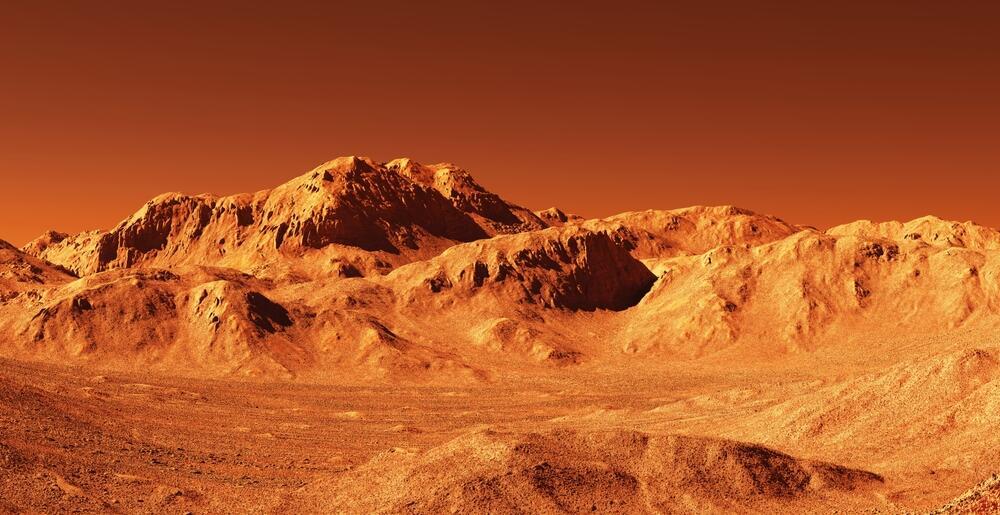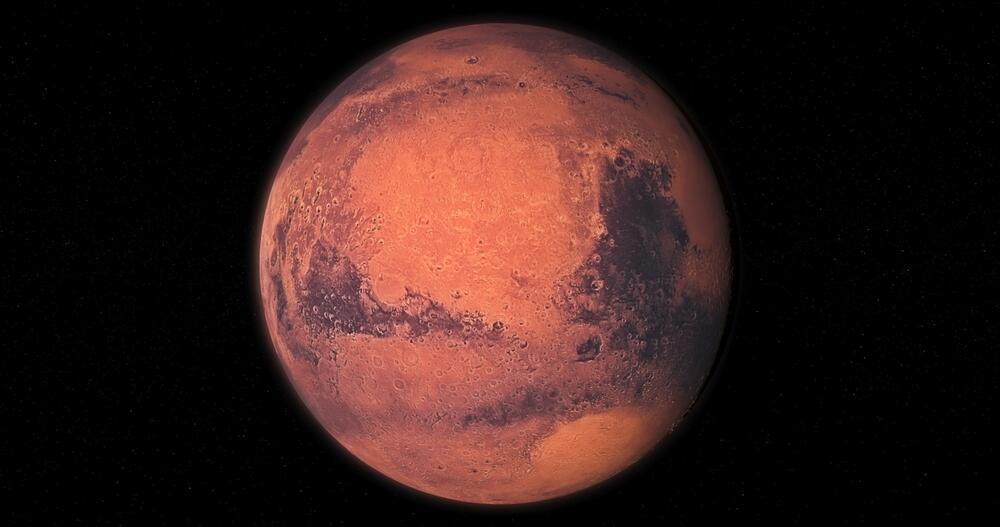Getting your Trinity Audio player ready...
Two highly anticipated heavy rocket launches have taken place during the past week, showcasing advancements by two leading aerospace companies.
Blue Origin conducted the first test flight of its heavy-lift rocket, New Glenn, after years of delays. The launch took place after 2 a.m. EST on Jan 16 from the Cape Canaveral Space Force Station in Florida.
New Glenn is a heavy-lift rocket designed to carry up to 45 tons into Earth's orbit and can deliver smaller payloads to other orbits, the Moon, or even other planets. While its capabilities are comparable to SpaceX's Falcon Heavy, New Glenn incorporates innovative features. For instance, it uses methane and oxygen as fuel, similar to SpaceX's Starship. The rocket's first stage is designed to be reusable, landing vertically on a sea barge—an approach that Falcon Heavy has not attempted in most of its test flights. Blue Origin also plans to make the second stage reusable in the future.
Development of New Glenn began over a decade ago, with an initial launch target of 2020. However, technical and financial hurdles led to repeated delays. Originally, the inaugural flight was intended to carry two small NASA satellites to Mars, but NASA canceled the mission when it became clear the rocket would not be ready in time for the 2024 Mars launch window. Instead, the test flight was set to demonstrate Blue Origin's proprietary satellite deployment system, installed on the rocket's second stage, to showcase its in-space maneuverability and capability to launch payloads into multiple orbits in a single mission.
In addition to launching satellites and spacecraft for external customers, New Glenn is set to deliver Blue Origin's crewed lunar lander for NASA's Artemis program. The rocket is also expected to support the deployment of components of the company’s planned private space station.
SpaceX, meanwhile, following a postponement, conducted the seventh test flight of its Starship system on January 16 from SpaceX's South Texas base. Like its predecessors, this test flight was planned as suborbital, with an attempt to land the booster back on the launch tower, a feat successfully executed previously during the fifth test flight but not re-attempted during the sixth test flight.
The Starship spacecraft was planned to follow an arcing trajectory, reaching approximately 250 kilometers, without entering Earth’s orbit, followed by a descent into the Indian Ocean and was expected to simulate a controlled vertical landing over water.
This test was designed to showcase several upgrades, including the deployment of ten dummy satellites resembling SpaceX's Starlink satellites, part of its satellite internet network. These satellites were engineered to deorbit safely, avoiding the creation of space debris, and would also descend into the Indian Ocean.
Additional upgrades to be tested included new materials for the spacecraft's heat shield, enhanced protection beneath the heat tiles, and redesigned fins with enhanced thermal resistance for atmospheric reentry. The propulsion system has also been redesigned, increasing the spacecraft’s fuel capacity by 25%.
A key innovation in this test is the use of a recycled engine in the booster. One of the 33 engines on the Super Heavy booster was previously used during the fifth test flight. This development represents a significant step toward making Starship a fully reusable system, similar to SpaceX's Falcon 9 boosters, which have successfully completed ten or more flights with their first stages.
SpaceX has numerous Starship flights planned for this year. Depending on the outcome of the seventh test flight, the next test could see the spacecraft entering Earth orbit and performing a controlled reentry engine burn—a critical milestone in the system's development.
On the way to Mars, stopping at the moon? Depends who you ask
NASA's Artemis program, which aims to return humans to the Moon within this decade, is part of the broader "Moon to Mars" framework. The strategy involves using human activity on the Moon, including establishing a base or station for extended stays, to test and develop technologies that - once adapted suitably - can support crewed missions to Mars. These technologies include communication and navigation infrastructure, energy production, resource extraction, construction methods, vehicles, and more.
SpaceX is also involved in the program: Its Starship spacecraft was chosen as the lunar lander for the initial crewed missions, and the company is expected to undertake additional projects, such as supply missions to the lunar orbital station that NASA plans to deploy. SpaceX has secured billions of dollars in NASA contracts to develop these capabilities. However, SpaceX founder and CEO Elon Musk has recently publicly challenged NASA’s approach. Two weeks ago, he tweeted, "No, we’re going straight to Mars. The Moon is a distraction."
A few days prior to that, Musk criticized the Artemis program directly, tweeting, "The Artemis architecture is extremely inefficient, as it is a jobs-maximizing program, not a results-maximizing program. Something entirely new is needed."
Musk has long spoken about his ambition to establish a human colony on Mars using the Starship spacecraft. He has frequently stated that this goal was the original motivation for founding SpaceX. He has announced plans to launch uncrewed Starships to Mars during the 2026 launch window, aiming for crewed flights in the subsequent 2028 window, contingent on the success of earlier missions.
Until recently, Musk has generally avoided publicly criticizing NASA, but this stance appears to have shifted, likely influenced by recent political developments. Musk is closely aligned with U.S. President-elect Donald Trump and is slated to become an advisor with a rank equivalent to a cabinet member, tasked with streamlining government agencies, including NASA. This comes as Musk’s private enterprise continues to receive billions from NASA and remains heavily influenced by its policies.
Musk has not yet clarified his practical intentions. If he were to terminate contracts with NASA, it could cost SpaceX billions, potentially giving a competitive edge to rival Jeff Bezos' Blue Origin. Blue Origin is also developing a lunar lander under the Artemis program and a heavy-lift rocket. While Blue Origin’s rocket currently poses no significant competition to Starship, it could support other aspects of NASA’s lunar program.
Another possibility is that Musk could push to reshape NASA's policies, potentially canceling the Artemis program and reallocating its resources toward Mars missions led by SpaceX. While this would raise ethical concerns, it seems increasingly plausible, especially in light of Trump’s nominee for NASA Administrator, billionaire Jared Isaacman. Isaacman, a close collaborator and customer of Musk, has already led two private space missions aboard SpaceX’s Dragon spacecraft.
Other intermediate scenarios remain possible. The Artemis program could be modified to include a limited number of lunar missions before shifting its focus to Mars. Alternatively, it might abandon the Orion spacecraft and SLS rocket, opting instead to use SpaceX's spacecraft for the entire journey to the Moon.
Unsurprisingly, NASA has not officially commented on Musk’s statements, though senior officials have expressed skepticism about skipping the Moon to head directly to Mars. At a recent American Institute of Aeronautics and Astronautics (AIAA) conference, Michael Chappell, a member of NASA’s Mars Architecture Team, stated “The moon is an outstanding testbed that we have for development of Mars,” said Michael Chappell, part of the agency’s Mars Architecture Team. “To me, it’s pretty critical to go back to the moon before we go on to Mars.” He added, “We have a substantial gap in knowledge about the health impacts of long-duration space travel, which is going to be necessary for a trip to Mars. All these things we can learn a lot more quickly on the moon and in cislunar space."
NASA's Space Technology Mission Directorate principal technologist for power systems, Jeremiah McNatt, echoed this view, saying: “There are so many opportunities that we’ll have by being able to first do all this stuff on the Moon.”
Mars sample return: A decision to postpone decisions
The Perseverance rover, which began its mission on Mars approximately four Earth years ago, has diligently collected dozens of soil samples, storing them in sealed containers for a future return to Earth. Initially, NASA planned a collaborative mission with the European Space Agency (ESA) to retrieve these samples. However, last year, NASA announced the cancellation of the plan due to significant delays and projections that the samples would not reach Earth before 2040.
Rather than undertaking the mission independently, NASA invited private companies to submit proposals for retrieving the samples at a lower cost and within a shorter timeline. The agency received proposals from 11 companies or groups. Simultaneously, alongside reviewing the proposals, the agency also reassessed the mission outline.
In an update this week, NASA announced a key finding: the rocket required to carry the samples from Mars could be smaller than initially expected. As a result, the rover delivering the samples may use the same "sky crane" landing method employed by Perseverance and its predecessor, Curiosity. This technique involves the descent stage hovering over the Martian surface with a rocket engine, gently lowering its payload using cables—a process similar to a helicopter carefully lowering a package onto a small landing pad.
Alternatively, NASA is considering a simpler vertical landing approach, in which a rocket would land directly on Mars, retrieve the samples, and then lift off. While NASA has not named specific companies, only two U.S. firms—SpaceX and Blue Origin—currently perform controlled vertical rocket landings, fueling speculation about their potential involvement. While one of them might eventually be chosen, NASA has not yet made a decision.
For now, NASA is moving forward with the development of plans for both options, with a final decision expected next year. The New York Times aptly summed it up with the headline: "NASA Will Let Trump Decide How to Bring Mars Rocks to Earth."
China's advancements in space refueling
China began 2025 with the successful launch of the Shijian-25 satellite, designed to demonstrate in-orbit refueling capabilities to extend the operational lifespans of satellites. The satellite was launched aboard a Long March 3B rocket from the Xichang Satellite Launch Center in southwestern China and successfully reached its intended orbit as planned.
The Shijian-25 satellite was developed by the Shanghai Academy of Spaceflight Technology (SAST), a branch of the China Aerospace Science and Technology Corporation (CASC). Neither organization has released images or detailed information about the mission. The satellite was placed into a Geostationary Transfer Orbit (GTO), a transitional orbit leading to geostationary orbit - approximately 36,000 kilometers above Earth. Satellites in this orbit remain fixed above a single point on Earth, making it the preferred location for large communication satellites. The new satellite is likely intended to dock with such a satellite and refuel it, enabling orbital adjustments that can extend the satellite's operational life, increasing revenue from its operation, and reducing overall costs.
The Shijian-25 mission shares similarities with the work of Astroscale, a company with a development center in Israel specializing in satellite lifespan extension technologies. Shijian-25 follows the Shijian-21 mission, launched four years earlier, which docked with an old communication satellite and moved it to a "graveyard orbit"—a higher, less congested orbit where it will remain for years without posing a collision risk or contributing to space debris. This mission also parallels an Astroscale project, funded by the Japanese government, to demonstrate satellite removal, though that mission has not yet launched.
Both activities—space debris removal and satellite refueling—share challenges, particularly the difficulty of docking with satellites not originally designed for such operations. China's advancements in these technologies highlight its increasing space capabilities and its openly stated ambitions for space superiority. In 2024, China achieved 68 successful orbital launches, surpassing its previous year’s total by one, though still falling short of its goal of 100 annual launches—a target it is likely to pursue vigorously in the coming year.
Is it a comet? Is it an asteroid? No, it’s a Centaur!
Our solar system is teeming with small celestial bodies orbiting the Sun, which preserve clues about the chemical composition and developmental history of the early solar system. Among these are two familiar types of objects: asteroids, which are primarily rocky, and comets, which consist mostly of ice and dust. When comets approach the Sun, some of their ice vaporizes, releasing dust that forms their characteristic glowing tails.
A third category of celestial bodies is the centaurs. True to their mythological namesake, these objects are hybrids, exhibiting characteristics of both asteroids and comets.
Get the Ynetnews app on your smartphone: Google Play: https://bit.ly/4eJ37pE | Apple App Store: https://bit.ly/3ZL7iNv
To date, only a few centaurs have been identified. One of the most intriguing is Chiron, a 218-kilometer-wide object orbiting the Sun between Saturn and Uranus. Structurally similar to an asteroid, Chiron occasionally releases gas and dust, similar to a comet. It also features a thin dust ring, reminiscent of those seen around some planets.
In a recent study, scientists used the James Webb Space Telescope (JWST) to analyze Chiron’s chemical composition. Led by Naomi Pinilla-Alonso from the University of Oviedo in Spain, the research team detected a variety of simple carbon compounds among the gases emitted by Chiron, including carbon dioxide, carbon monoxide, ethane, propane, acetylene, methane, and water vapor. The researchers believe that carbon dioxide and water have been preserved on Chiron since the early days of the solar system, while the other compounds formed later through chemical processes.
"Based on our new JWST data, I'm not so sure we have a standard centaur,” said Pinilla-Alonso. “Every active centaur that we are observing with JWST shows some peculiarity. But they cannot be all outliers. There must be something that explains why they appear to all behave differently or something that is common between them all that we cannot yet see.”




